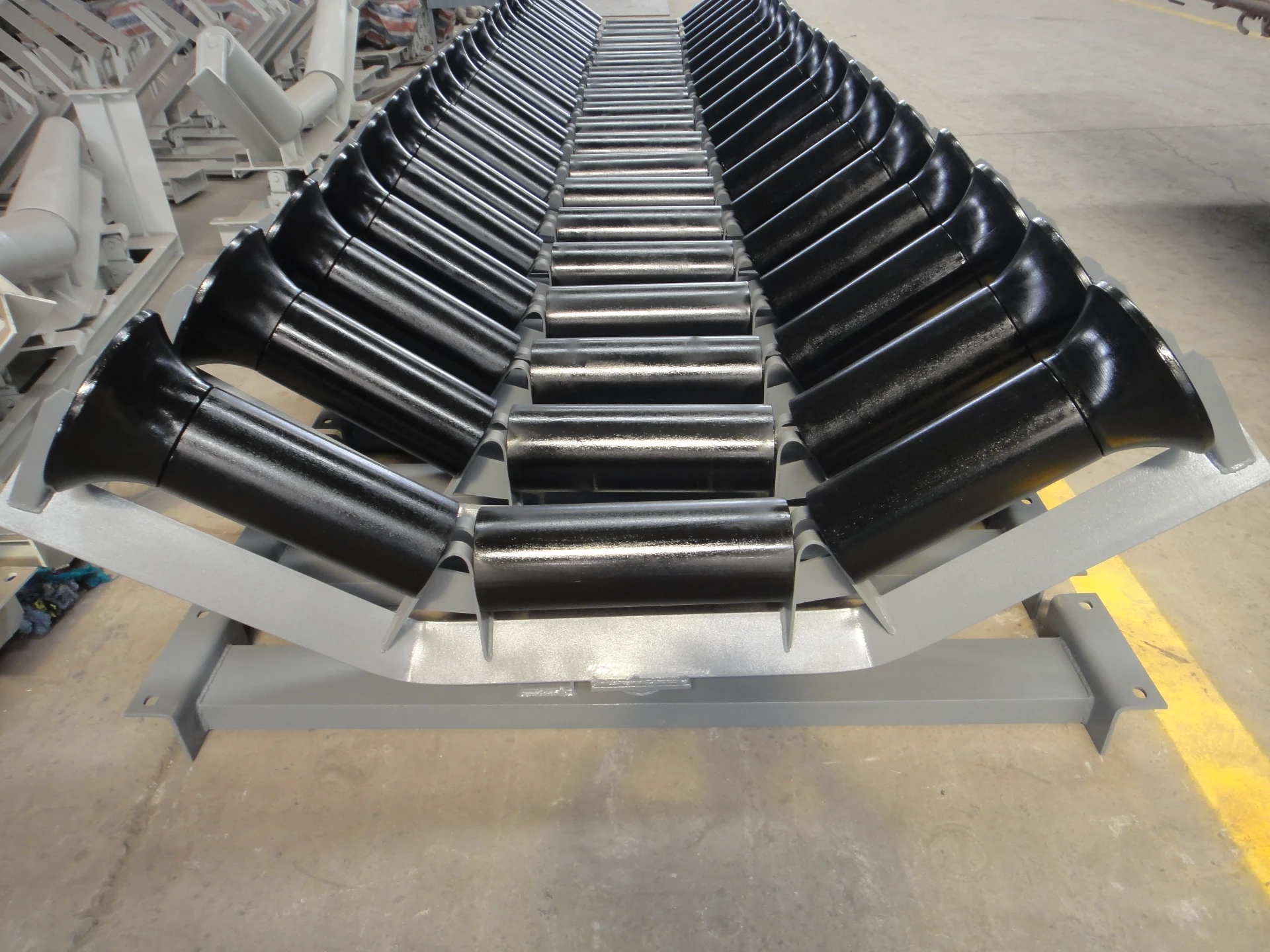 Afrikaans
Afrikaans  Albanian
Albanian  Amharic
Amharic  Arabic
Arabic  Armenian
Armenian  Azerbaijani
Azerbaijani  Basque
Basque  Belarusian
Belarusian  Bengali
Bengali  Bosnian
Bosnian  Bulgarian
Bulgarian  Catalan
Catalan  Cebuano
Cebuano  Corsican
Corsican  Croatian
Croatian  Czech
Czech  Danish
Danish  Dutch
Dutch  English
English  Esperanto
Esperanto  Estonian
Estonian  Finnish
Finnish  French
French  Frisian
Frisian  Galician
Galician  Georgian
Georgian  German
German  Greek
Greek  Gujarati
Gujarati  Haitian Creole
Haitian Creole  hausa
hausa  hawaiian
hawaiian  Hebrew
Hebrew  Hindi
Hindi  Miao
Miao  Hungarian
Hungarian  Icelandic
Icelandic  igbo
igbo  Indonesian
Indonesian  irish
irish  Italian
Italian  Japanese
Japanese  Javanese
Javanese  Kannada
Kannada  kazakh
kazakh  Khmer
Khmer  Rwandese
Rwandese  Korean
Korean  Kurdish
Kurdish  Kyrgyz
Kyrgyz  Lao
Lao  Latin
Latin  Latvian
Latvian  Lithuanian
Lithuanian  Luxembourgish
Luxembourgish  Macedonian
Macedonian  Malgashi
Malgashi  Malay
Malay  Malayalam
Malayalam  Maltese
Maltese  Maori
Maori  Marathi
Marathi  Mongolian
Mongolian  Myanmar
Myanmar  Nepali
Nepali  Norwegian
Norwegian  Norwegian
Norwegian  Occitan
Occitan  Pashto
Pashto  Persian
Persian  Polish
Polish  Portuguese
Portuguese  Punjabi
Punjabi  Romanian
Romanian  Russian
Russian  Samoan
Samoan  Scottish Gaelic
Scottish Gaelic  Serbian
Serbian  Sesotho
Sesotho  Shona
Shona  Sindhi
Sindhi  Sinhala
Sinhala  Slovak
Slovak  Slovenian
Slovenian  Somali
Somali  Spanish
Spanish  Sundanese
Sundanese  Swahili
Swahili  Swedish
Swedish  Tagalog
Tagalog  Tajik
Tajik  Tamil
Tamil  Tatar
Tatar  Telugu
Telugu  Thai
Thai  Turkish
Turkish  Turkmen
Turkmen  Ukrainian
Ukrainian  Urdu
Urdu  Uighur
Uighur  Uzbek
Uzbek  Vietnamese
Vietnamese  Welsh
Welsh  Bantu
Bantu  Yiddish
Yiddish  Yoruba
Yoruba  Zulu
Zulu Conveyor Idler Design and Performance Guidelines for Optimal Material Handling Efficiency
Understanding Conveyor Idler Specifications A Guide for Industry Professionals
Conveyor systems are vital in various industries, serving as the backbone for material handling processes. At the heart of these systems are the conveyor idlers—components that facilitate the smooth operation of belts by supporting their weight and controlling their alignment. Understanding the specifications of conveyor idlers is crucial for choosing the right type for your application, ensuring efficiency, and minimizing downtime.
What is a Conveyor Idler?
A conveyor idler is a cylindrical or roller component that helps maintain the belt's path in a conveyor system. These idlers support the weight of the material being transported, reduce friction, and help align the belt properly. They are typically situated at various points along the conveyor, including the carrying side (where materials are loaded) and the return side (where the empty belt returns to the loading area).
Key Specifications of Conveyor Idlers
1. Type of Idler Idlers come in several types, including flat idlers, trough idlers, and returning idlers. - Flat Idlers These are used primarily for light loading applications or on the return path of the conveyor. - Trough Idlers Designed to support the belt in a trough shape, these are ideal for transporting bulk materials, providing greater capacity and stability. - Returning Idlers These ensure the belt remains aligned as it returns to the loading area.
2. Roller Diameter and Width The diameter and width of the idler rollers affect the loading capacity and efficiency. - Diameter Common diameters range from 3 to 6 inches. Larger diameters reduce the friction created with the belt, enhancing performance. - Width The width of the rollers must correspond with the belt width, ensuring optimal support and minimizing wear.
conveyor idler specifications

3. Material Composition The materials used in idler construction significantly impact their durability and performance. - Steel Idlers These are typically robust and used in heavy-duty applications, providing excellent wear resistance. - Plastic Idlers Lightweight and resistant to corrosion, plastic idlers are suitable for environments with high humidity or where chemical resistance is crucial.
4. Bearing Type The type and quality of bearings used in the idlers can affect both performance and maintenance requirements. - Sealed Bearings These offer better longevity as they keep contaminants out, reducing wear. - Open Bearings While easier to maintain, these require regular lubrication and are often less durable in harsh conditions.
5. Load Capacity This is a critical specification. Idlers must be selected based on the expected load they will support, considering both static and dynamic loads.
6. Installation and Maintenance Easy installation and maintenance features, such as modular designs and self-lubricating bearings, can lead to significant savings in operational costs and downtime.
Conclusion
Selecting the right conveyor idler involves evaluating a combination of specifications aligned with your operational needs. Consider factors like the type of materials being handled, environmental conditions, load capacity, and maintenance requirements. Understanding these specifications can lead to improved efficiency, reduced wear on the conveyor belt, and overall enhanced productivity.
For industry professionals, navigating the various specifications of conveyor idlers may seem intimidating at first, but armed with the right knowledge, it becomes a straightforward task. By ensuring that the chosen idlers meet the required specifications, businesses can optimize their conveyor systems, maximizing throughput while minimizing maintenance issues. In the ever-evolving landscape of industrial operations, making informed decisions about conveyor components is crucial for sustaining competitive advantage and operational efficiency. Selecting the right conveyor idler is not just about meeting specifications; it’s also about ensuring the reliable performance of a critical part of your material handling system.
-
Trusted Conveyor Solutions from Leading Conveyor Idler Roller ManufacturersNewsJun.27,2025
-
Reliable Return Idler Solutions for Efficient Belt Conveyor SystemsNewsJun.27,2025
-
Precision Conveyor Accessories for Streamlined Material HandlingNewsJun.27,2025
-
High-Quality Belt Conveyor Idler Solutions for Efficient Material HandlingNewsJun.27,2025
-
High-Performance Belt Conveyor Pulleys for Reliable Material HandlingNewsJun.27,2025
-
Enhancing Material Handling EfficiencyNewsJun.27,2025





























